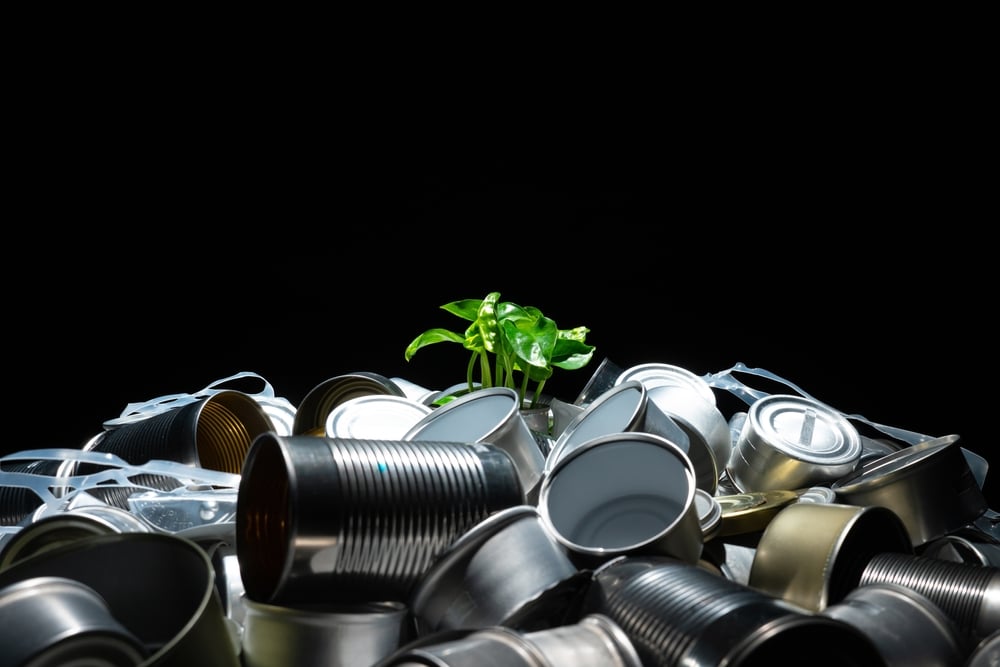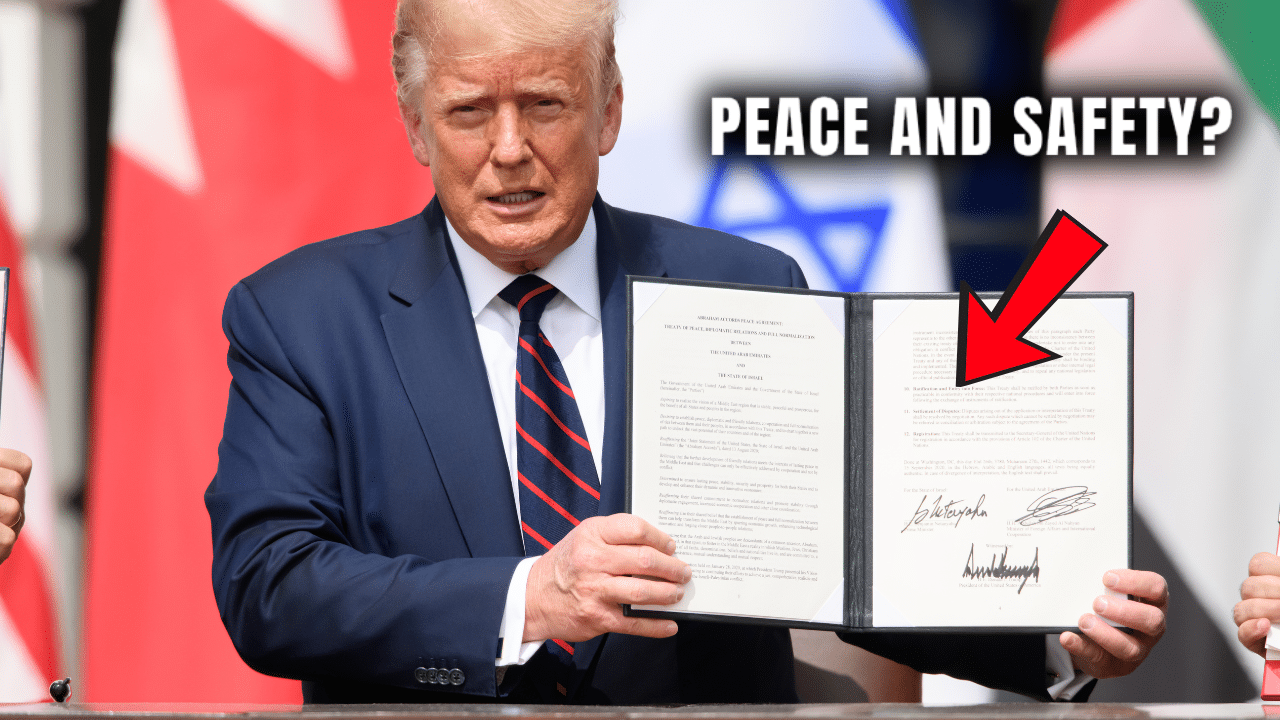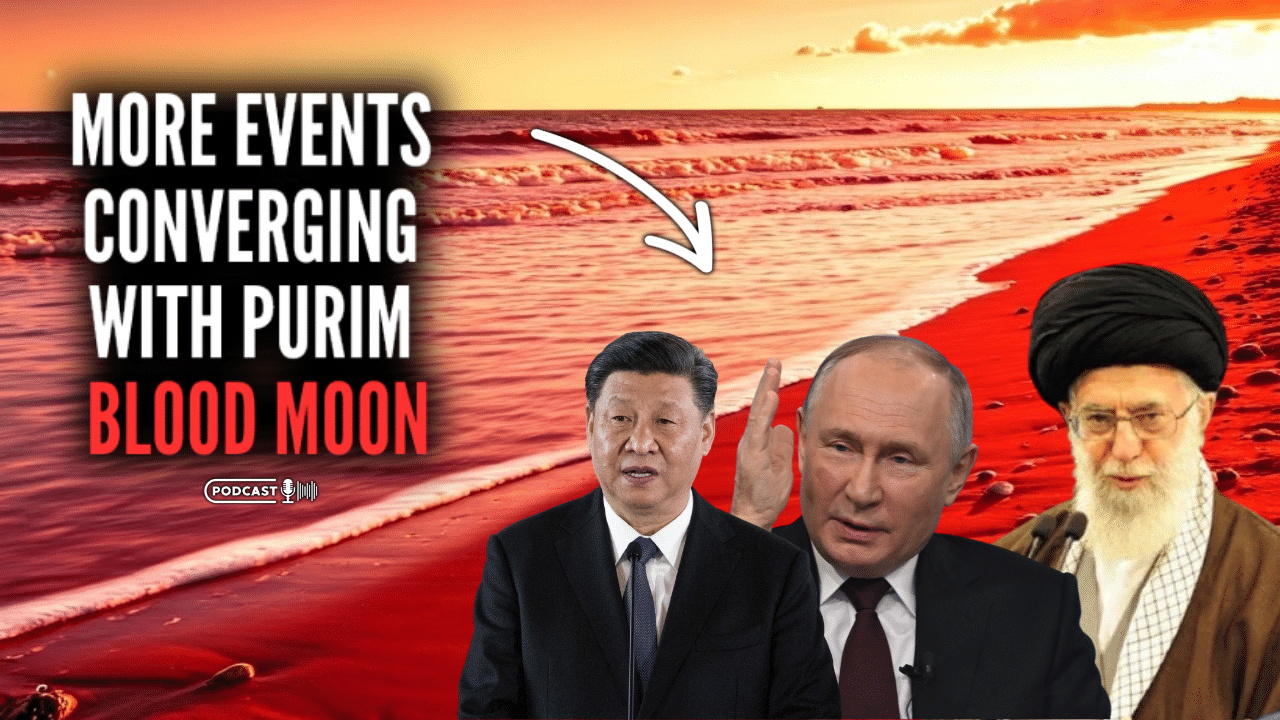(OPINION) Prices are more or less 78% higher than average in 2021, and this is cracking up the production side of agriculture. In many regions, farmers simply can’t afford to bring fertilizers to the farm, or even if they could, the fertilizers are not available to them…And it’s not just fertilizers, but agrichemicals and fuel as well. This is a global crisis and it requires a global response.” – Theo de Jager, President of World Farmers Organization
“If you control oil, you control nations. If you control food, you control people.”
Henry Kissinger
A major global food shortage is looming. Director-General Qu Donyu of the Food and Agricultural Organization of the United Nations (FAO) presented Securing Food Security in Times of Crisis at the Meeting of the G7 Ministers of Agriculture. The FAO’s Food Price Index in March reached 160 points – the highest since its inception in 1990!
The report notes that Russia and Ukraine are “important players in global commodity markets” particularly wheat, maize and oilseed. And this uncertainty comes on top of “already high prices driven by robust demand and high input costs as a result of COVID-19 recovery.”
A number of countries, including Turkey and Egypt, and Sub-Saharan African countries like Eritrea, Somalia, Madagascar, Tanzania, Congo, and Namibia, will be highly impacted by the shortfalls in wheat from Ukraine and the Russian Federation. The food crises in Yemen and Ethiopia in particular would likewise suffer a blow.
According to a recent CNBC article, a shortage of fertilizer is exacerbating the situation. Russia, together with Belarus, is responsible for 40 percent of potash exports. According to Morgan Stanley, Russia also exports 11 percent of urea, 48 percent of Ammonium nitrate, and combined with Ukraine collectively exports 28 percent of fertilizers made with nitrogen and phosphorous, as well as potassium. So farmers abroad will have to make do with lesser or more expensive crops. READ MORE










